The Climate Crucible: Unpacking the New Era of Extreme Summer Heat
Unpack the science behind expanding heat domes. See how climate change makes summers hotter & more dangerous. Get vital tips for safety.
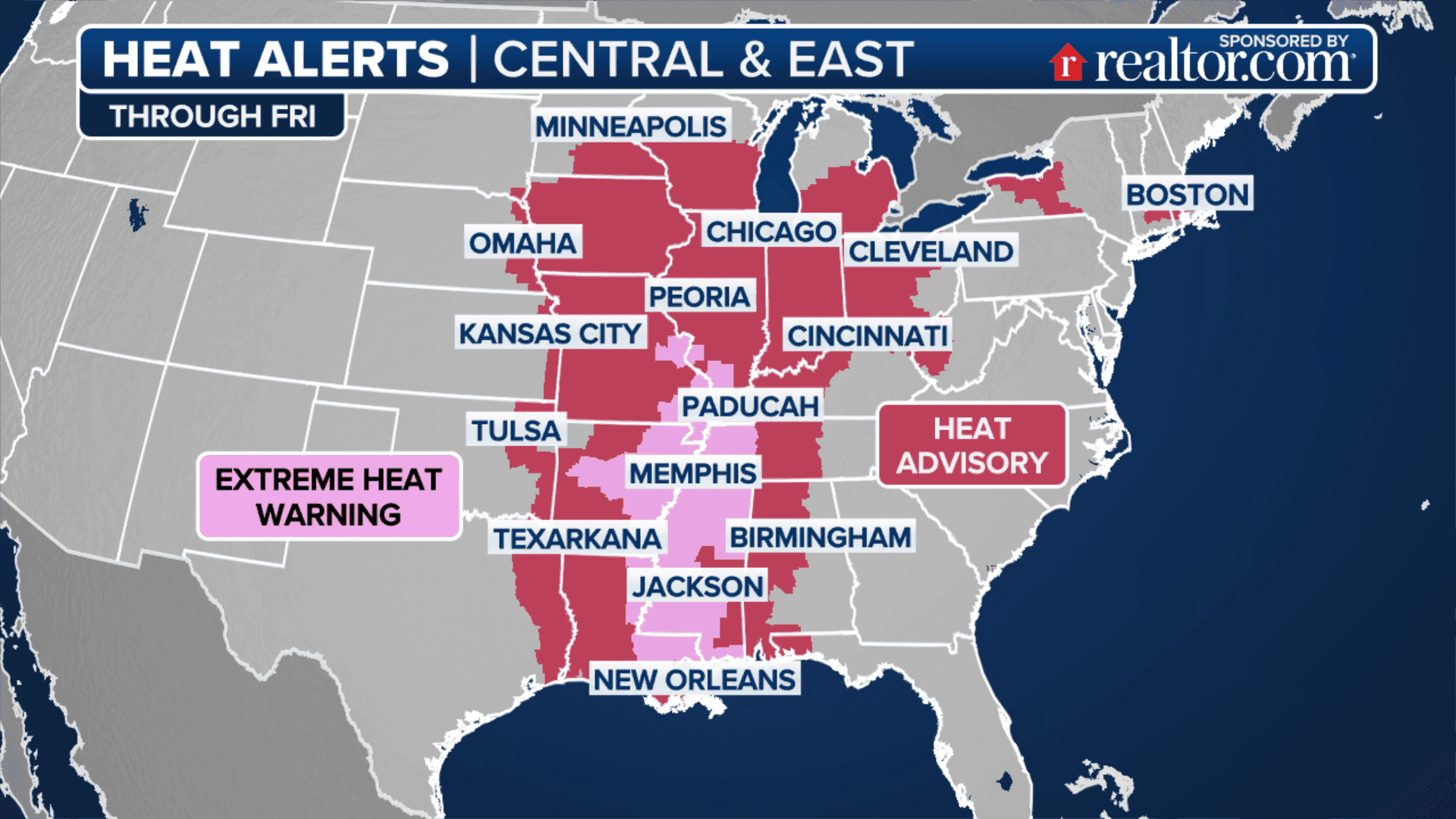
A Summer Reimagined: The Unprecedented Scale of Heat
Our summers are undeniably changing. What once felt like typical hot weather has morphed into a new era of extreme heat events, demanding a fundamental shift in how we perceive and prepare for the season. Across the , this summer has seen more than two dozen cities enduring one of their top five warmest on record, with average temperatures consistently 1 to 3 degrees above normal. This isn't just a fleeting heatwave; it's a prolonged siege. The , from to , has been locked in the grip of extreme heat, with heat indices soaring into the lower 100s. Looking ahead, long-range forecasts suggest the and will remain warmer than average for the foreseeable future. This persistent warmth is manifesting in "heat streaks"—periods of three or more consecutive days with temperatures among the highest 10 percent for that location. By late July, a massive swathe of the country, spanning from the to the , experienced a prolonged stretch of intense heat and humidity. Millions are directly impacted; what began with 35 million people facing major or extreme heat risk along the quickly expanded, with forecasts showing nearly 90 million people across the eastern half of the country under advisories or warnings. It’s a scale that meteorologist from the calls "pretty notable," even for midsummer.
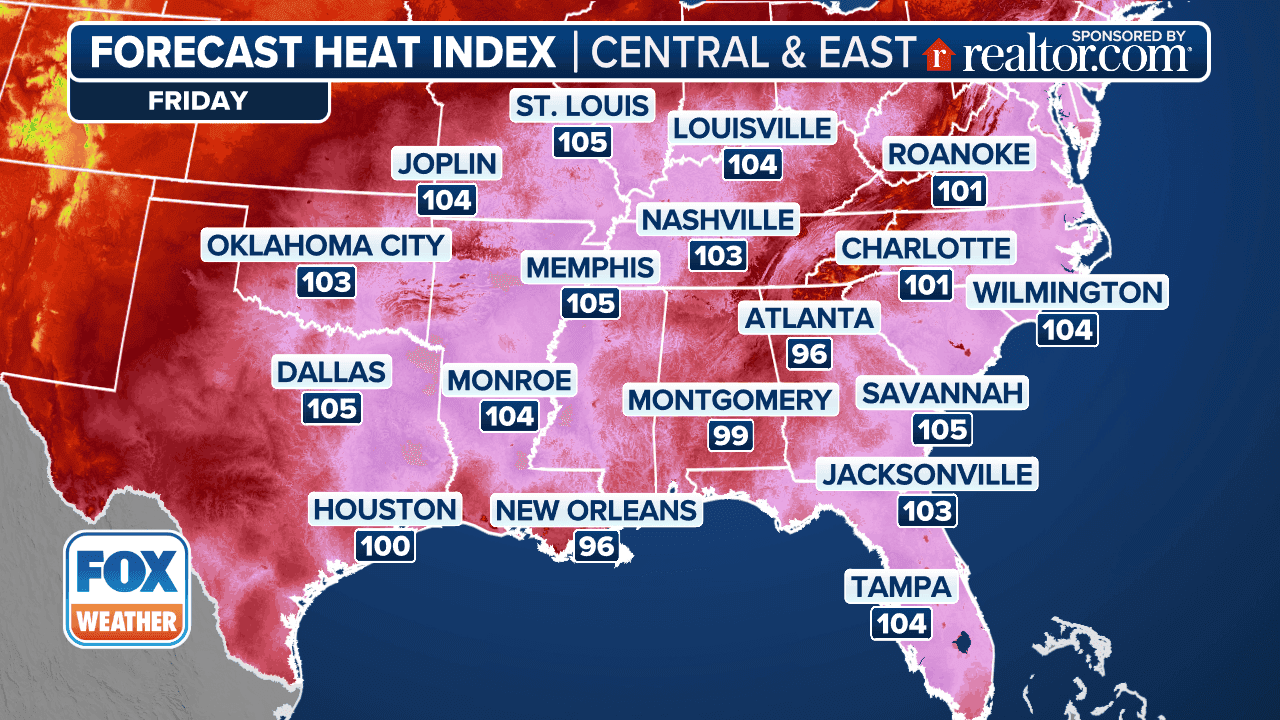
Beyond the Thermometer: Decoding the Anatomy of a "Heat Dome"
The oppressive conditions many are experiencing are largely the result of a phenomenon known as a "heat dome"—a weather pattern where a persistent mass of high-pressure air traps heat below it, creating a stifling, stagnant environment. These domes aren't quick visitors; they're generally slow to form and equally slow to dissipate, leading to agonizingly prolonged periods of extreme heat. Critically, simply checking a thermometer might not fully convey the danger. The true misery and risk often come from the accompanying high humidity, which intensifies the heat index, making it feel significantly hotter than the actual air temperature. In regions like the , , and the and valleys, heat index values have soared to a dangerous 105°F to 110°F. This isn't just about the peak daytime temperature; it's about the pervasive, unyielding nature of the heat, which permeates every hour of the day. As Dr. , VP of Science at , aptly puts it, "This is not your grandmother’s heat wave. Yes, July is usually a hot month, but climate change is making this heat wave significantly hotter — and therefore more dangerous — than heat waves of the past." This redefines what a "hot summer" truly means, pushing us into uncharted territory.
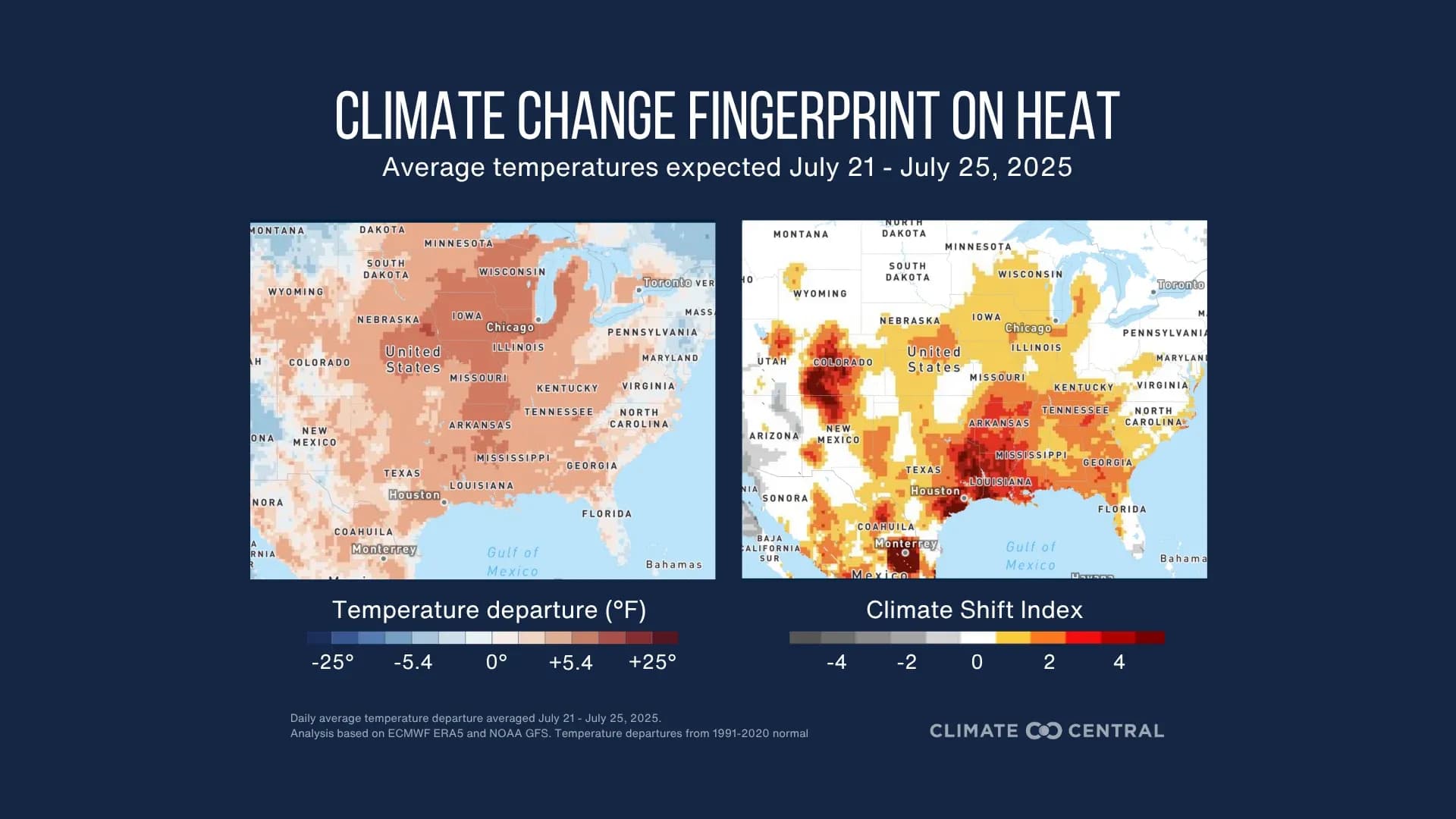
Climate's Signature: How Human Influence Amplifies the Danger
What differentiates these modern heat events from those of the past is the undeniable signature of human-caused climate change. Scientific attribution is no longer a theoretical exercise; tools like the now quantify this influence with remarkable precision. During recent extreme heat episodes, CSI levels reached 5 – the highest possible – across vast areas, from to . This isn't just a high number; it means human-caused climate change made these extreme heat conditions at least five times more likely to occur. It signals an exceptional, climate-influenced event. A comprehensive analysis by revealed that for nearly 160 million people across the interior – roughly half the nation’s population – human influence made the excessive heat at least three times more probable. Furthermore, this analysis showed that over the entire period of the heat dome, almost 160 million people experienced at least one day with a CSI of 3 or higher, indicating a strong climate change influence. This isn't just a hotter summer; it's a summer fundamentally altered by our impact on the planet, making long periods of extreme heat, or "heat streaks," increasingly common. Understanding this amplification is crucial for appreciating the true danger we now face.
When Nights Offer No Relief: Adapting to a Persistent New Normal
One of the most insidious dangers of this new era of extreme heat is the vanishing relief of cooler nights. Historically, nighttime temperatures offered a crucial reprieve, allowing bodies and homes to cool down. Today, that respite is increasingly rare. Unusually warm overnight lows, soaring into the mid-70s and low 80s – a staggering 5°F to 15°F above average for this time of year – are becoming common, even breaking record high minimums across states like , , and . This persistent warmth is particularly dangerous because high humidity intensifies the heat, hindering the body’s natural cooling mechanism through sweating. When the body can't effectively dissipate heat overnight, the cumulative stress on physiological systems increases dramatically, elevating health risks. This lack of nighttime cooling is a hallmark of the "persistent new normal" that climate change is ushering in. Adapting to this reality means re-evaluating our strategies for staying safe and comfortable. Simple measures, like ensuring adequate hydration and minimizing outdoor activity during peak heat, are more critical than ever. Furthermore, practical steps for keeping homes cool, such as optimizing insulation or utilizing passive cooling techniques, are no longer just about comfort but about vital health protection. This shift demands a proactive and sustained approach to personal and community resilience.
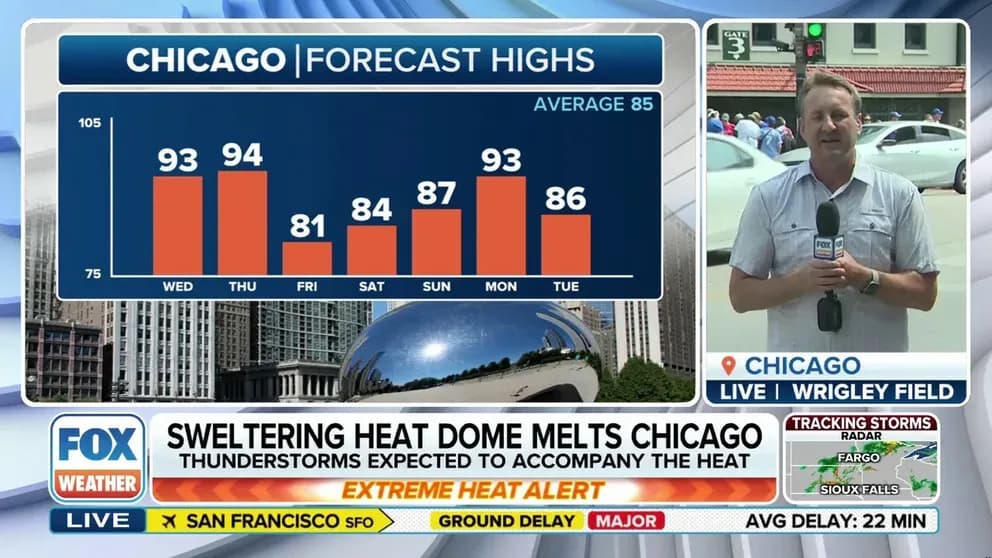
Communicating the Climate Shift: A Call for Informed Action
Effectively navigating this new climate reality hinges on clear, actionable communication. It's not enough to simply report high temperatures; we must convey the true nature and amplified danger of these climate-altered events. The 's heat risk maps are a vital tool, illustrating the escalating threat as tens of millions of people move into major or extreme risk categories. However, the narrative needs to shift beyond just warnings. Understanding the is key for the public to grasp that "this is not your grandmother's heat wave"—it's a phenomenon significantly intensified by human influence. Transparency about this attribution empowers individuals and communities to take informed action. Resources like the , comprehensive reporting guides on attribution science, and research-backed messaging are invaluable for journalists and public health officials alike. By consistently framing these events within the context of climate change, we move from merely reacting to hot weather to proactively building resilience against climate-altered extremes. This requires a collective commitment to informed public discourse, ensuring that everyone understands the heightened risks and the necessary steps to adapt, protect themselves, and ultimately, reshape our approach to a hotter future.
Related Articles
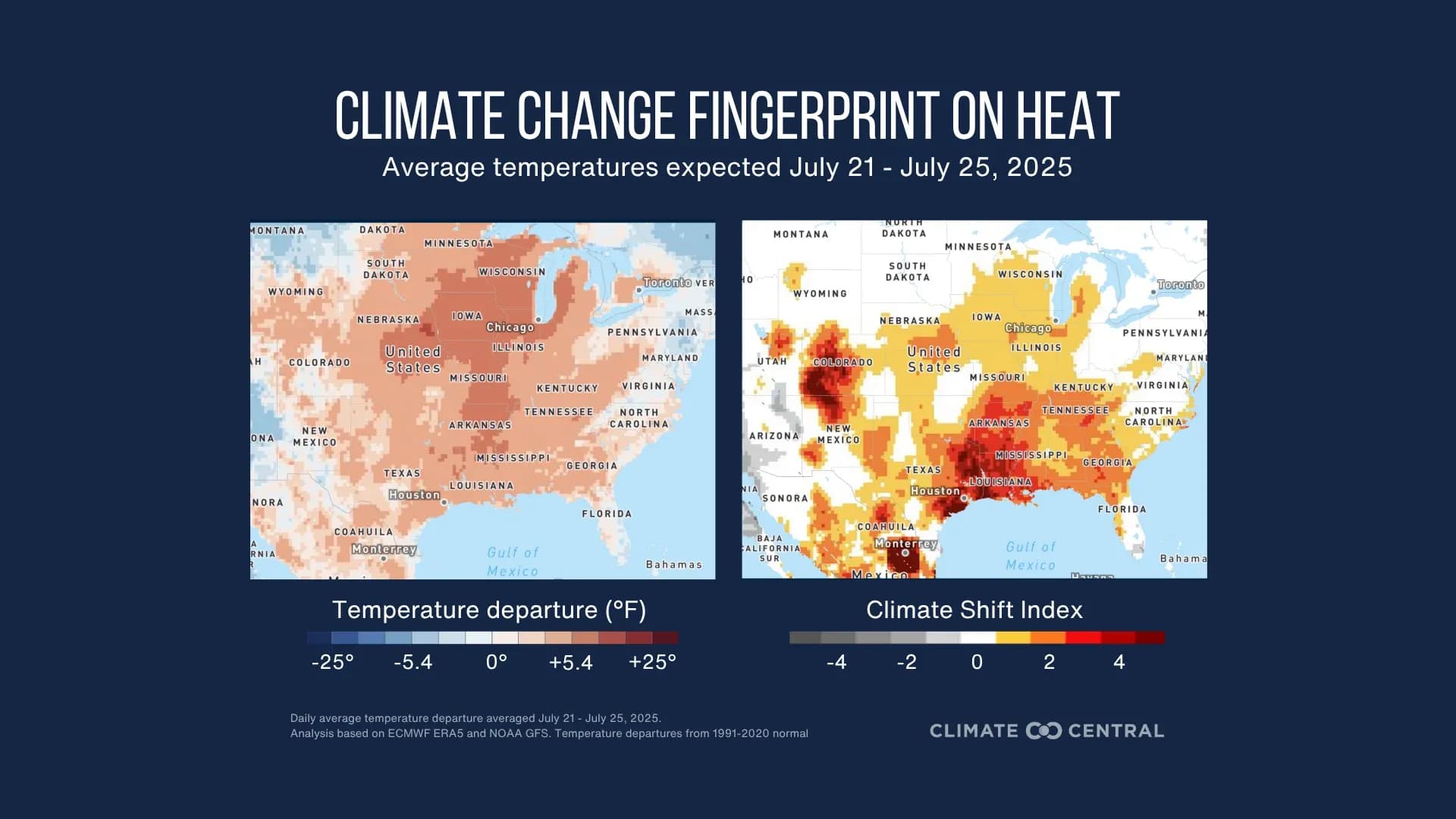
The Enduring Burn: Unmasking Climate's Mark on America's Hottest Days

The Enduring Burn: Unmasking Climate's Mark on America's Hottest Days
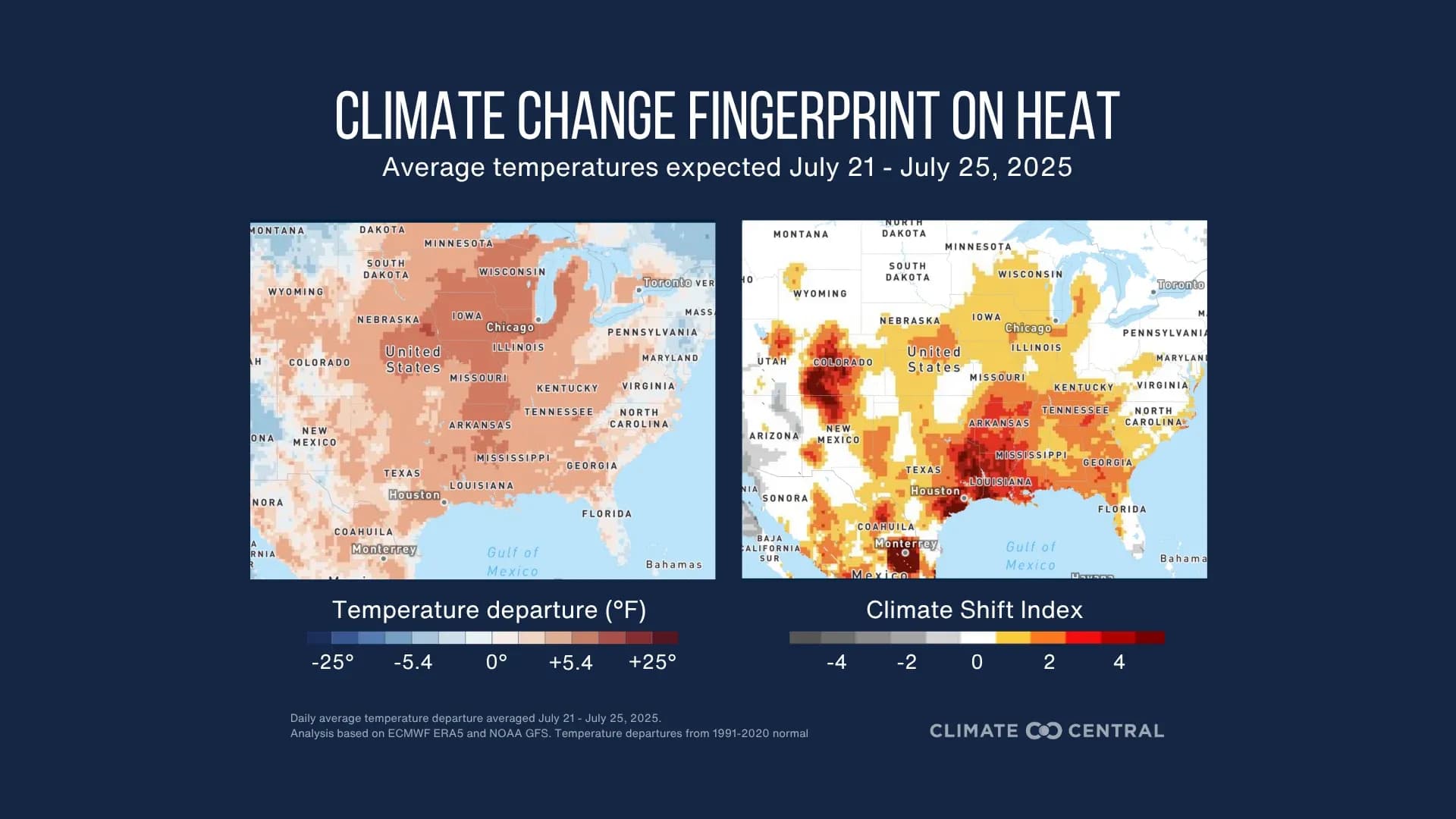
Beyond the Thermometer: Unpacking Our New Era of Extreme Heat

Beyond the Thermometer: Unpacking Our New Era of Extreme Heat

Unpacking Summer's Fiery Future: How Climate Change Rewrites the Rules of Heat

Unpacking Summer's Fiery Future: How Climate Change Rewrites the Rules of Heat
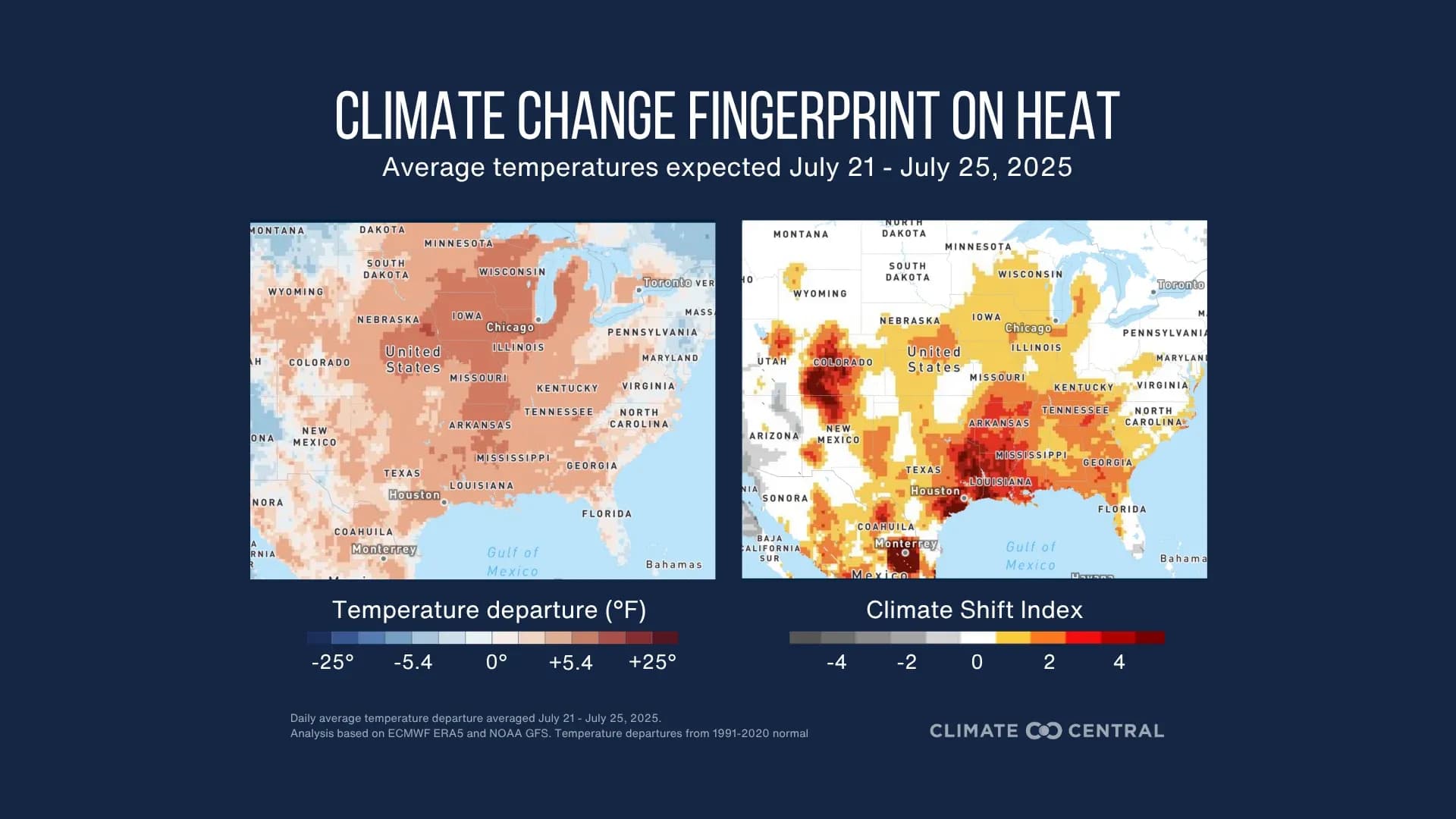
The Invisible Shift: When Summer's Embrace Becomes a Harsh Grip
